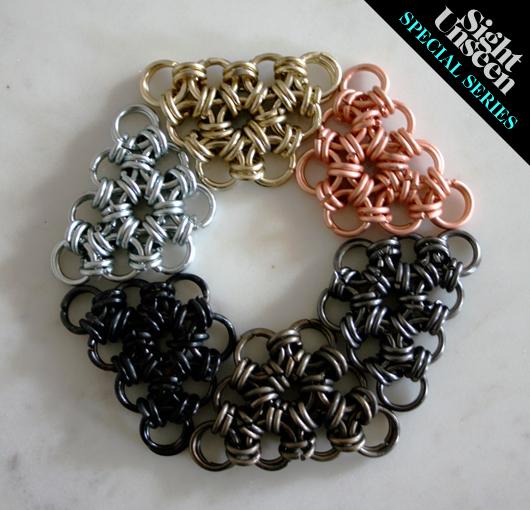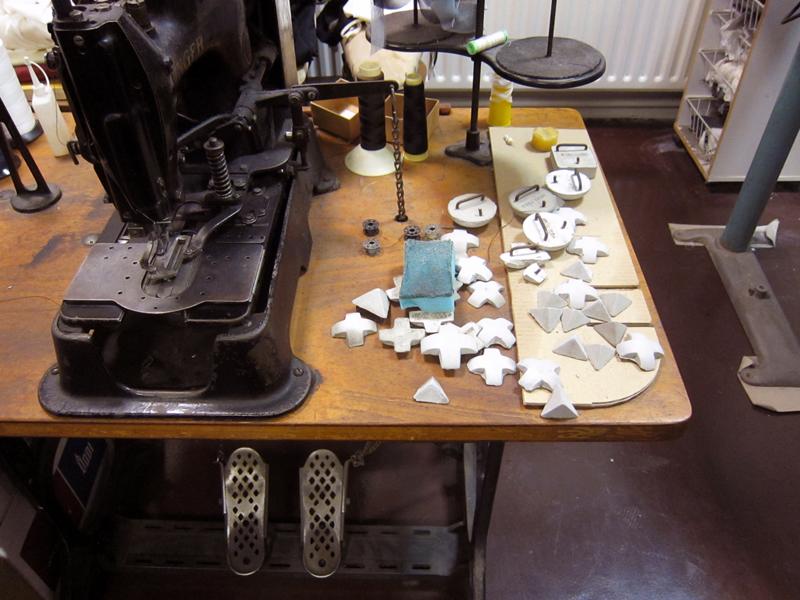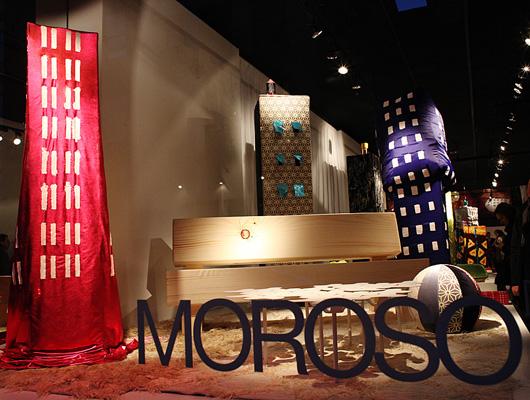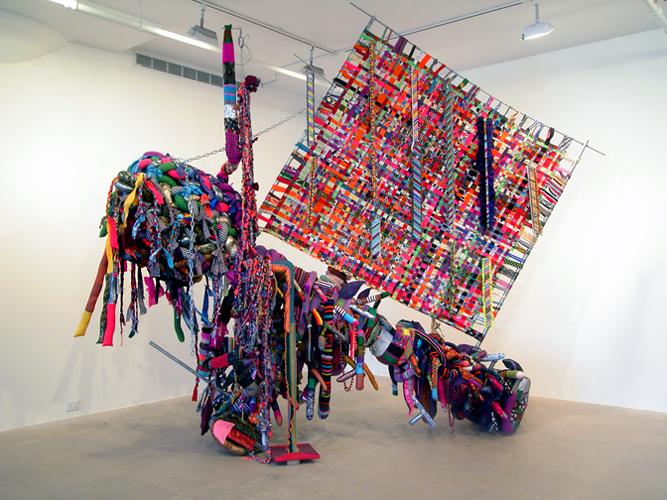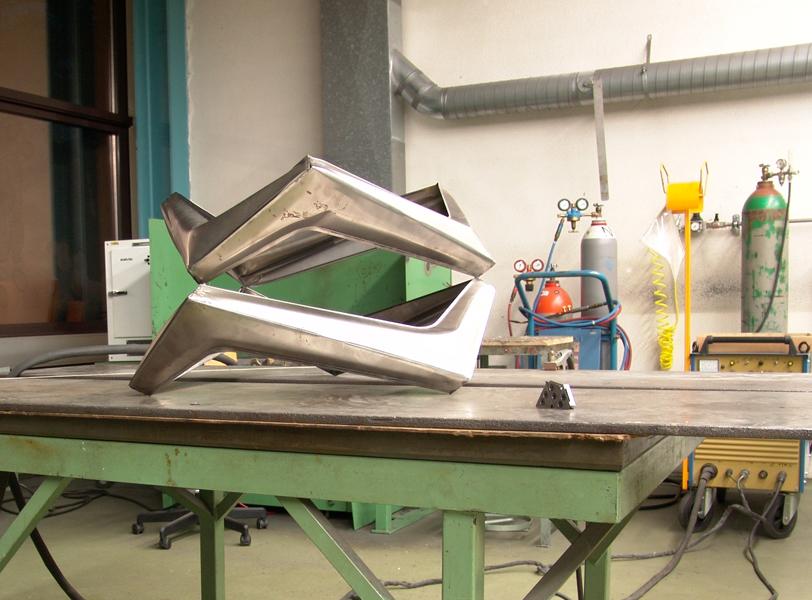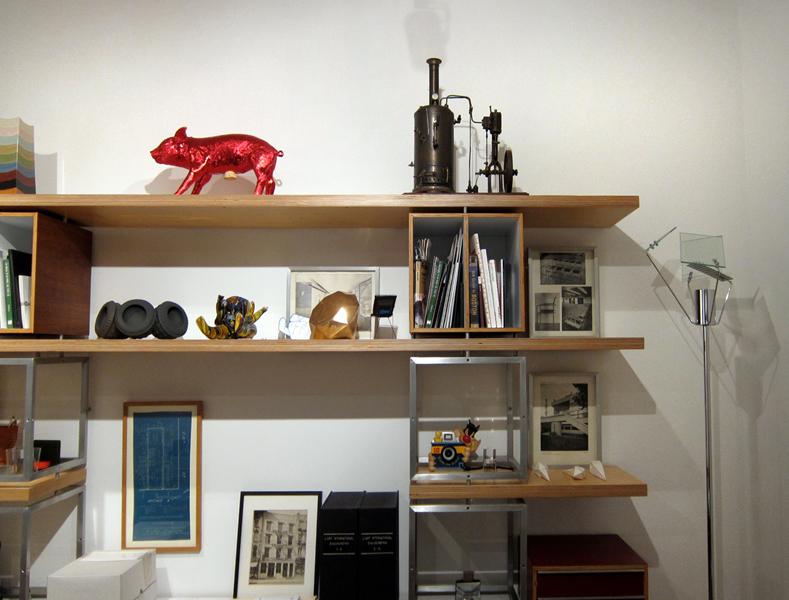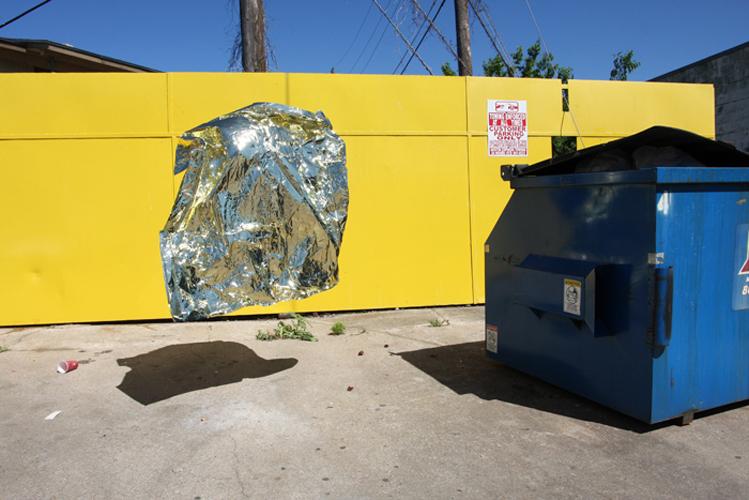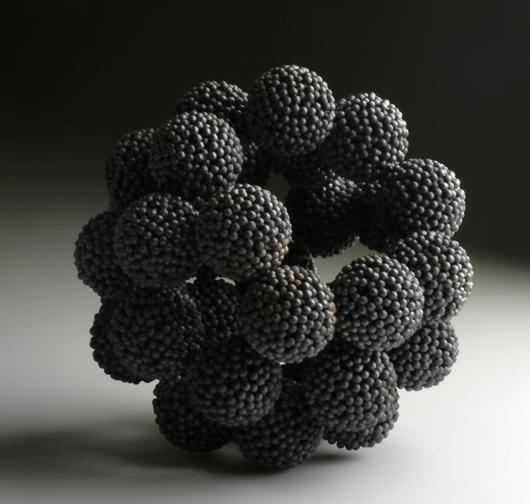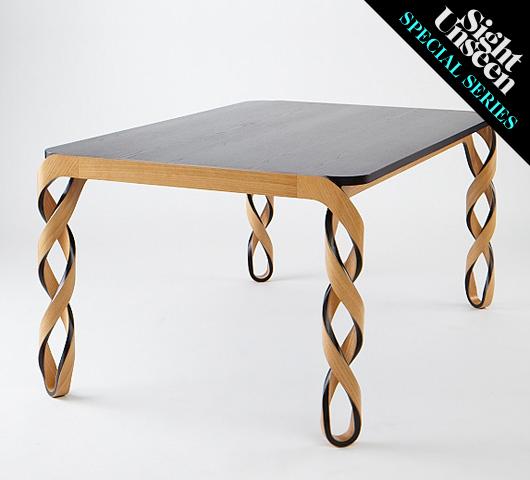
04.08.11
Q+A
Carwan Gallery Launch: Paul Loebach
Through April 15, Sight Unseen will be showcasing the work of half a dozen designers and design firms exhibiting together at the Milan Furniture Fair under the umbrella of the soon-to-launch Carwan Gallery in Beirut. When we asked Brooklynite Paul Loebach which of the four products he'll bring to the show had the most intriguing backstory, he immediately nominated his Watson table, a sandwich of carbon fiber and wood with double-helix legs that took him two and a half years to develop. Like the rest of Loebach's oeuvre, the table reinterprets historical craftsmanship techniques using cutting-edge technologies, evoking yet another novel property from a material as old and as simple as wood. "I named the table after the guy who discovered DNA," Loebach says. "I felt like a scientist doing this project, so I named it after one."
